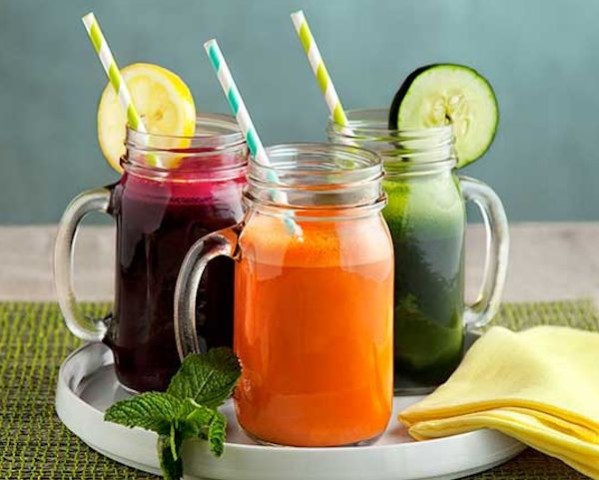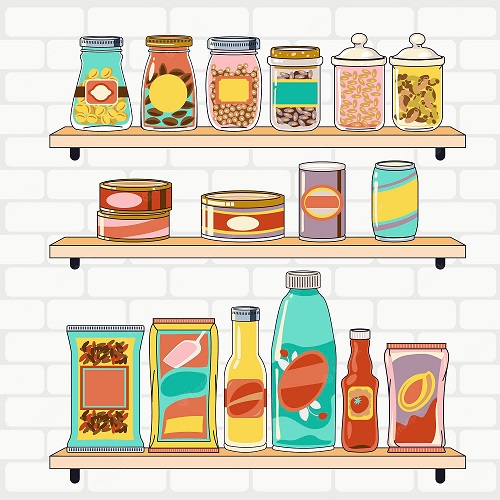
Juicing has become a bit of a buzz word in health circles, from making green smoothies packed with kale to consuming vegetable juices in an effort to ‘detox’… With a plethora of juice bars and books on the subject, it is very easy to understand why the case for juicing is more popular than ever.
So when does juicing tip the balance into doing more harm than good?
I would like to reiterate that anything that helps bring awareness to our health and eating habits is a positive in any sense – The only problem I continually see is when juicing is used as an unsustainable weight loss method. Having a liquid meal does not necessarily mean you will see kilos falling off (initially yes but not long term). Sure, juices are awesome ways to fill your daily nutrient quota by adding fruit and vegetables via juices and smoothies to your diet, but there are a few things to keep in mind while you are hitting the blender so it doesn’t turn into a blowout.
When Juicing is Hinders Your Weight Loss Efforts
#toomuchfruit
Yep, throw in an apple, banana, some watermelon.. how about some berries and kiwi too? Now, imagine eating that much fruit in one sitting .. that is enough fruit for 2 days! Awesome fibre mind you but it will send your blood sugar levels through the roof and packs a whopping amount of calories plus you’ll probably be hungry again soon enough. To help slow absorption, go easy on the amount of fruit and blend with a form of protein – milk, nuts, chia seeds, yoghurt or muesli.
#filluponfibre
Fibre is the stuff that’s going to help you feel fuller for longer. The fibrous stuff that comes with eating berries, kale, kiwi fruit, pears, and bran, as well as many of the antioxidants, phytonutrients, vitamins and minerals, is the answer to a healthy digestion track and a great way to regulate blood sugar levels. Chia seeds are a firm staple in any good smoothie as they absorb water throughout digestion. High GI fruits such as banana, watermelon and grapes don’t have a lot of fibre but make great additions to smoothies. Try to include the whole fruit rather than strip the fruit or vegetable of its skin and pulp.
#notasnack
Dropping by a commercial Boost Juice style of drink for morning or afternoon tea is a big call. These juices have enough energy to sustain a full meal so you would be better off having some water, fruit and nuts as a snack. With around 20 teaspoons of sugar maxing out a large serve, ( recommended daily intake is around 6-8 tsp sugar a day) one of these styles of juices has enough energy to keep the most energetic of us going… for a couple of days!
#watchyourserving
If that pretty jar you bought to fill up your juice is too large just fill up it half way. It’s easy to chug double the amount of calories with smoothies and many of those calories you just drank don’t get counted in your body’s internal calorie counter contributing. Chewing our food delivers so many benefits from the perspective of our mind-gut connection to register that we are actually eating something and the process of feeling ‘full’.
Pure vegetable juices are a far cry from fruit juices in the form of energy density. If you are foolishly thinking a large smoothie on the side of your breakfast plate is the way to go – then it might be a good time to reanalyse your meal choices.




